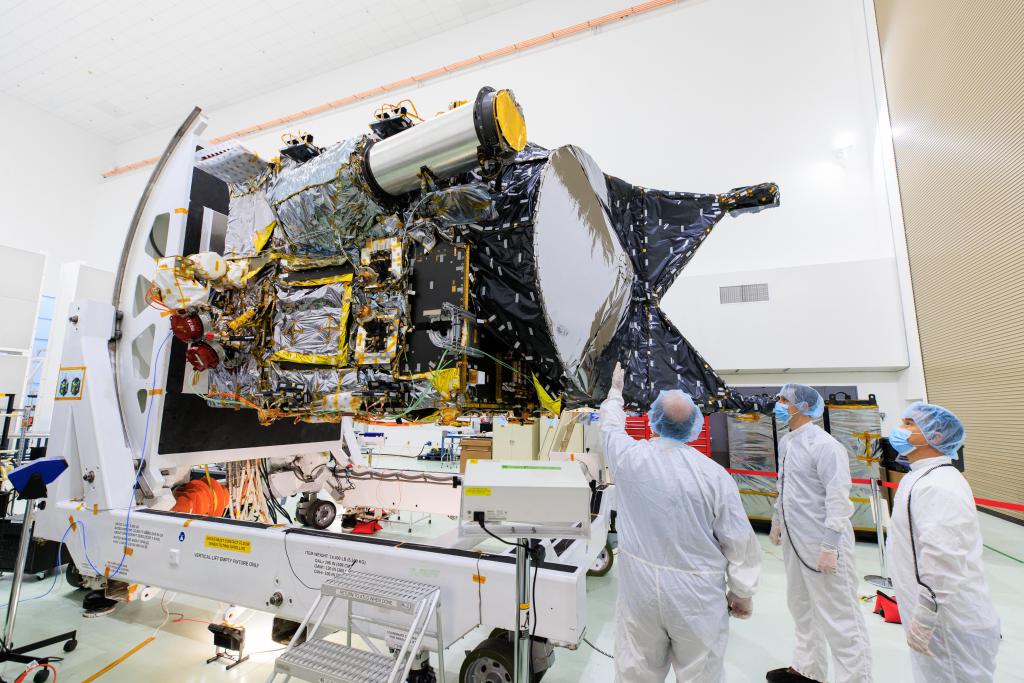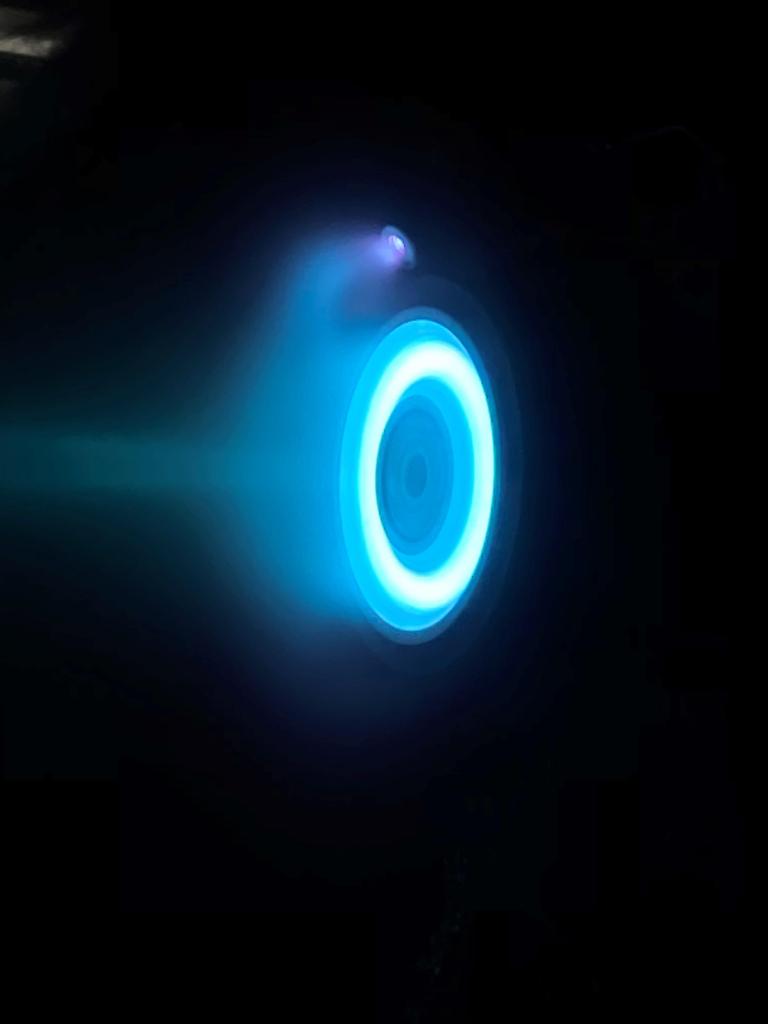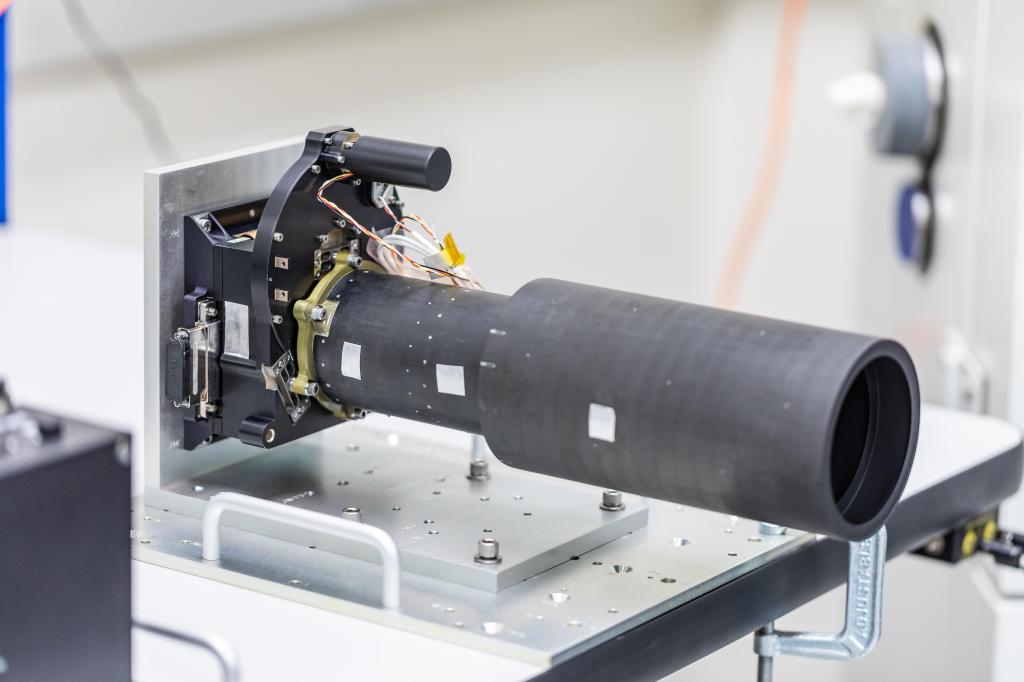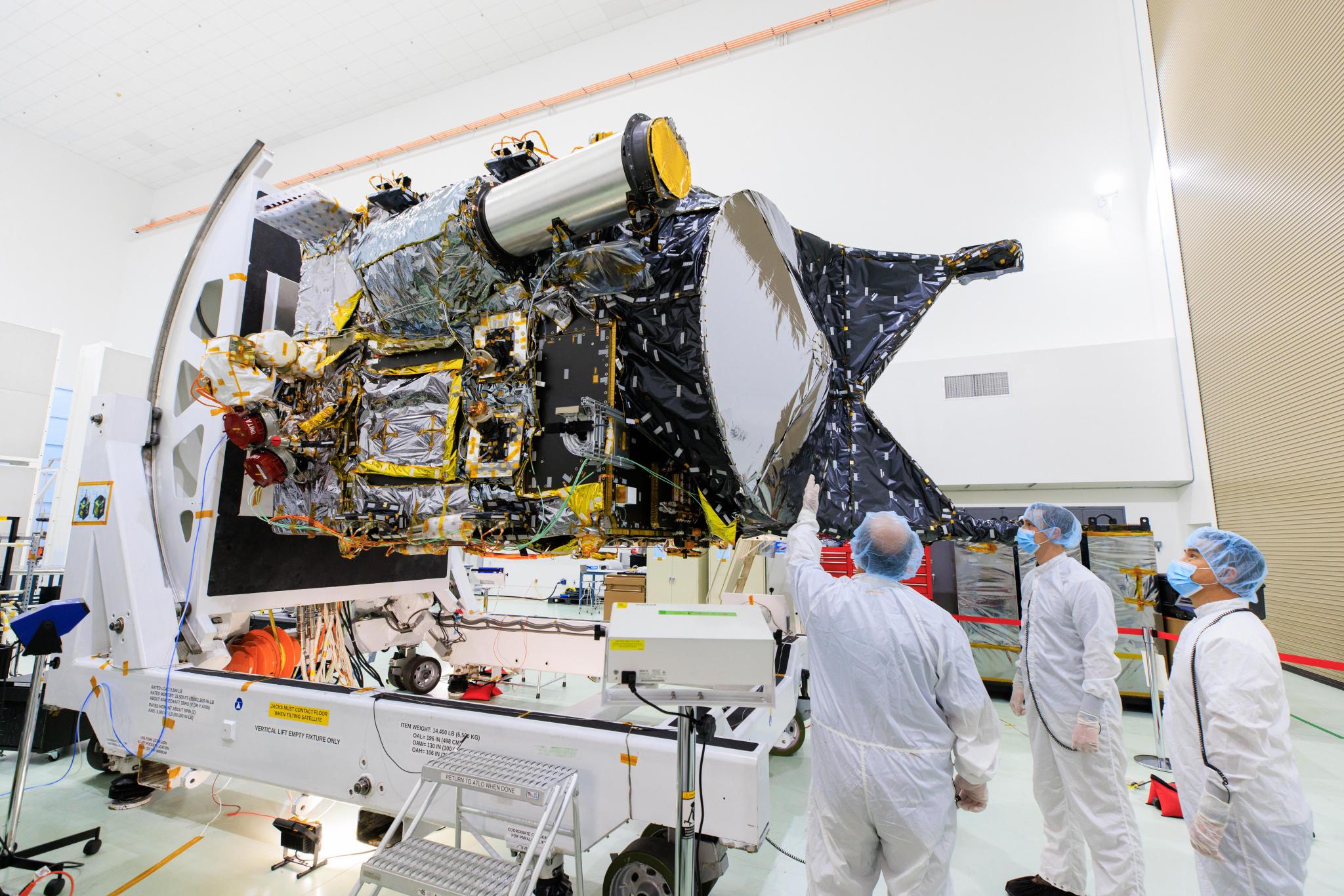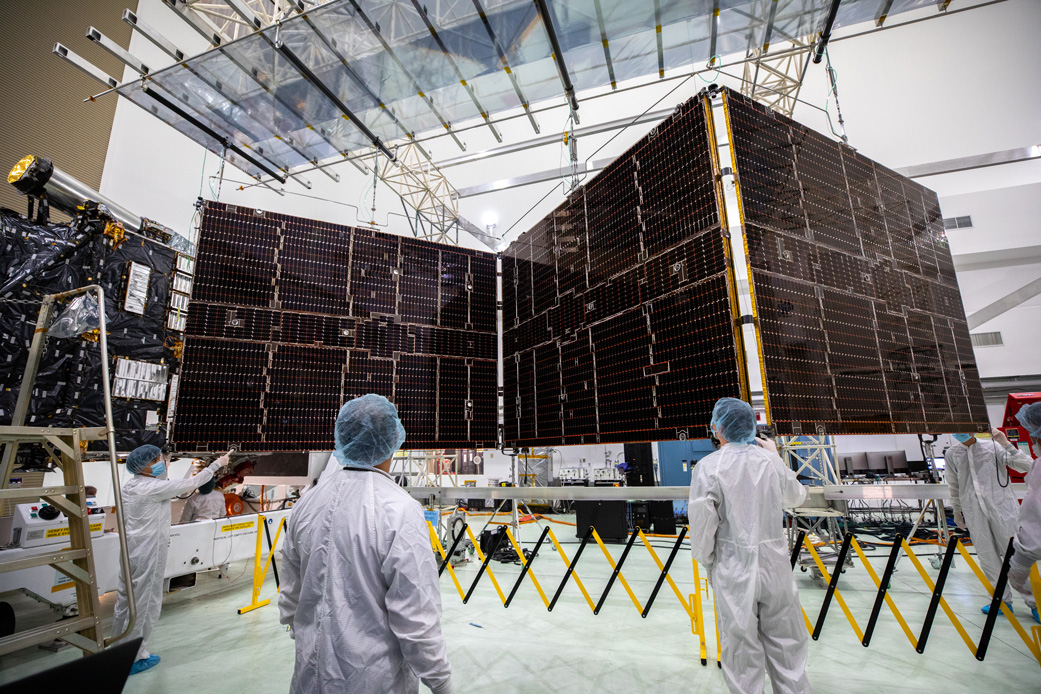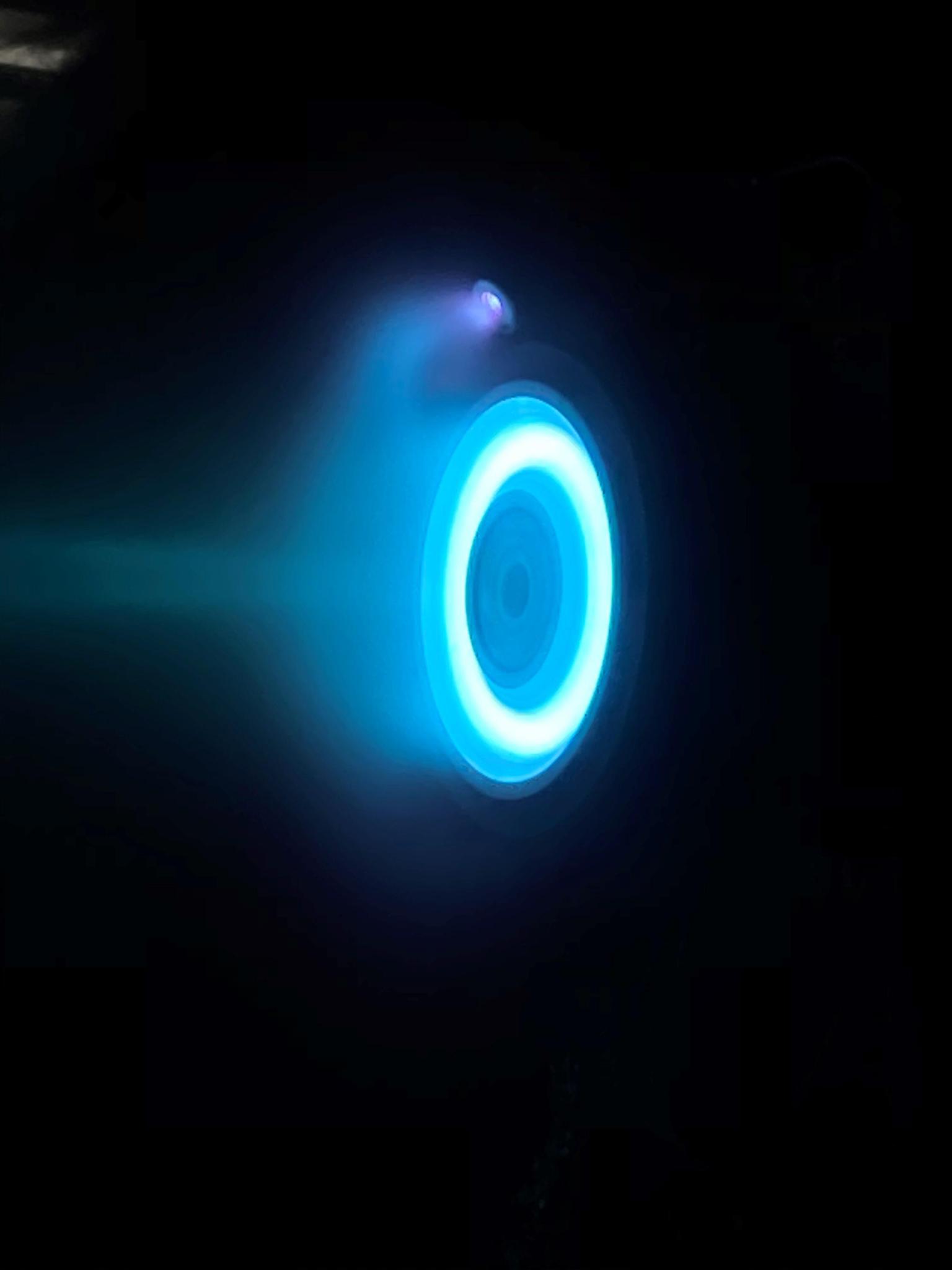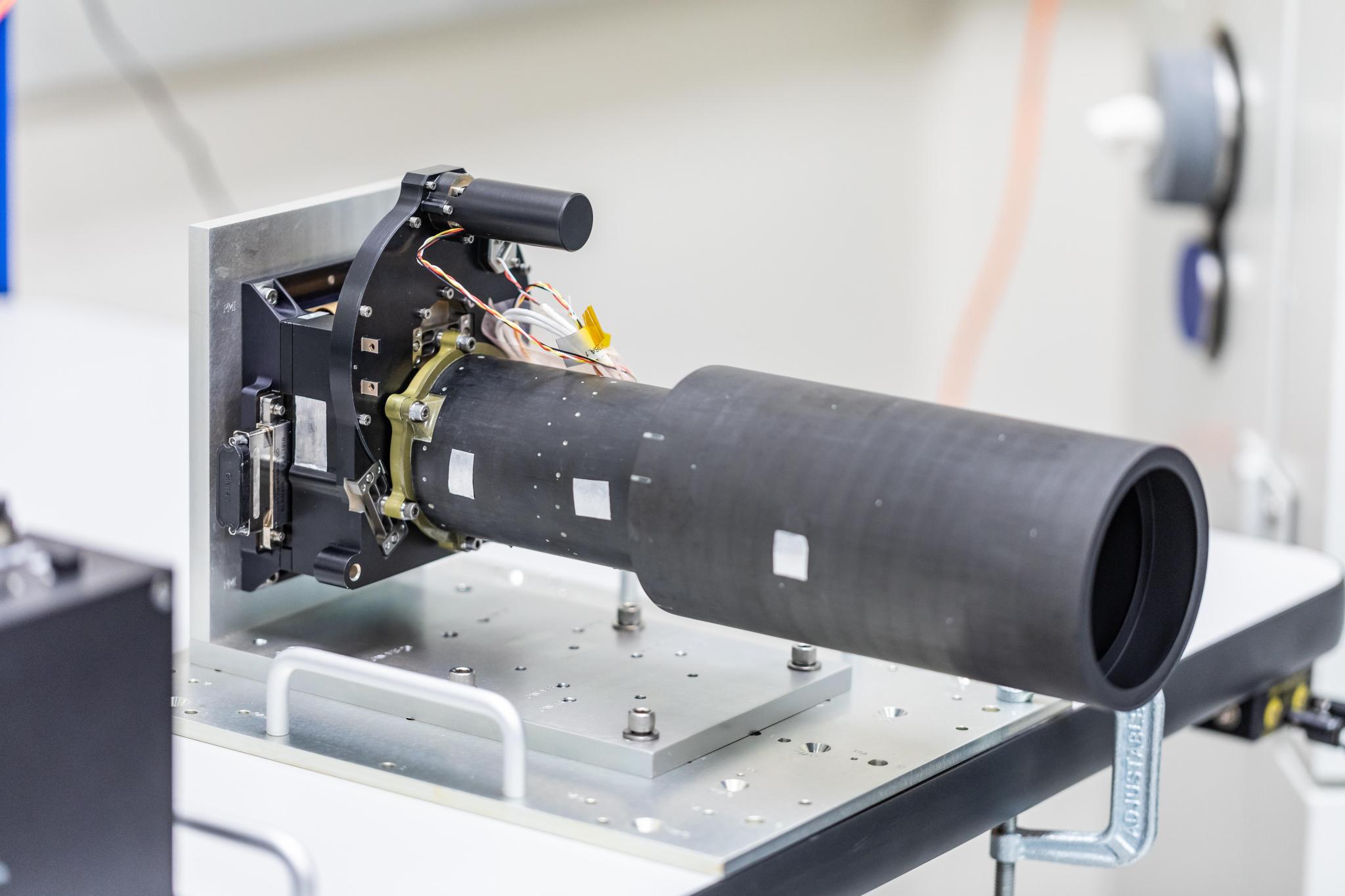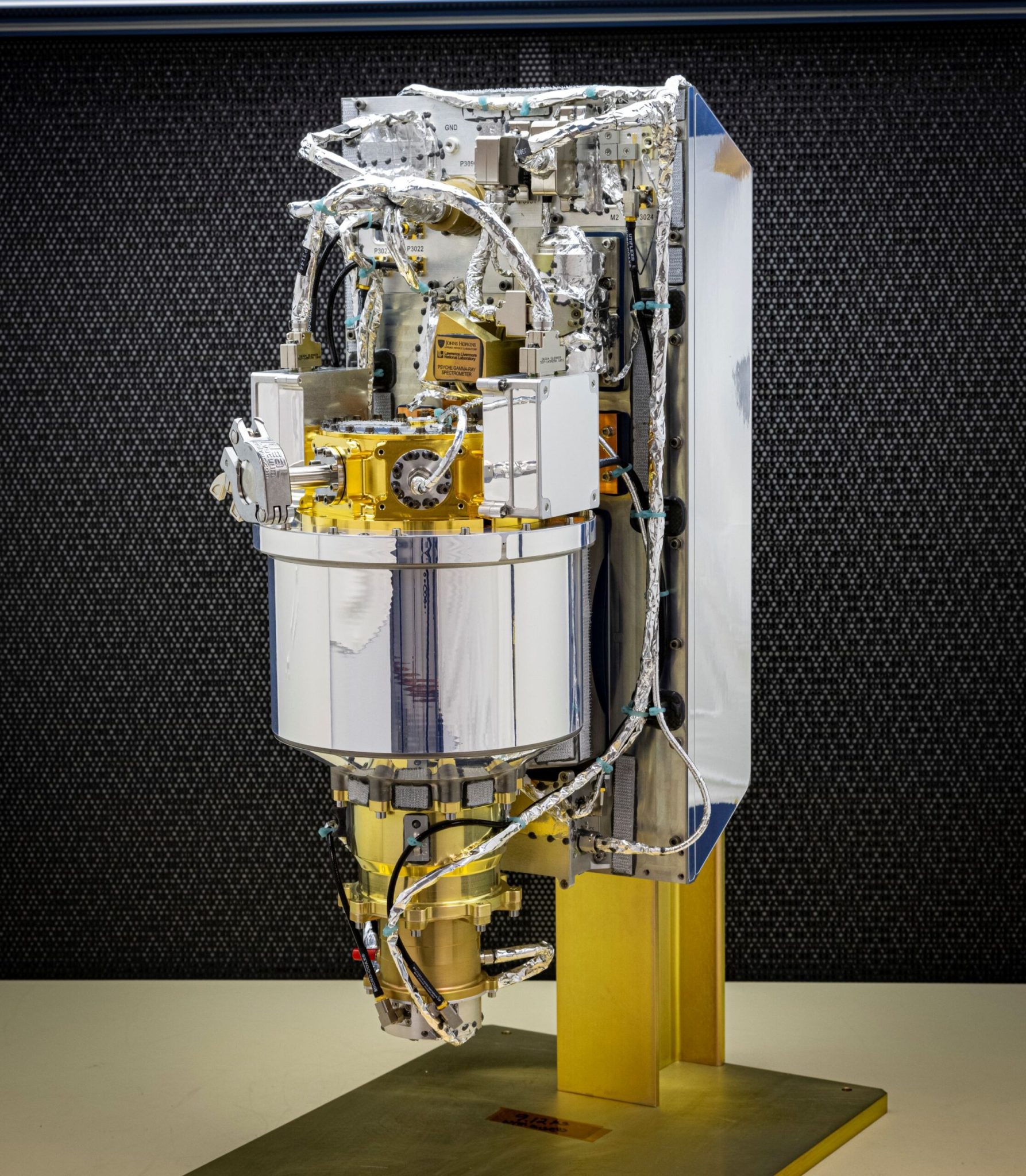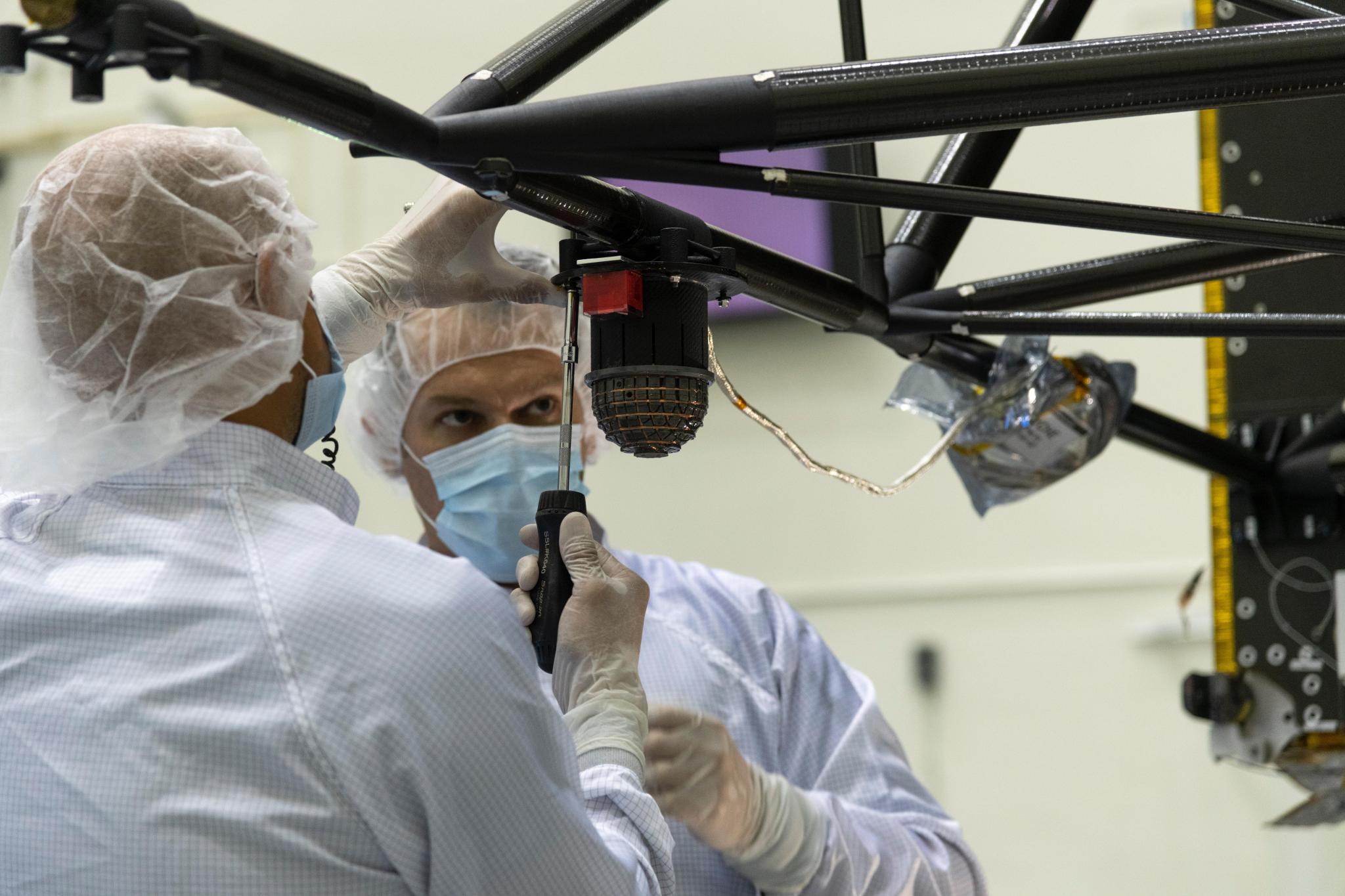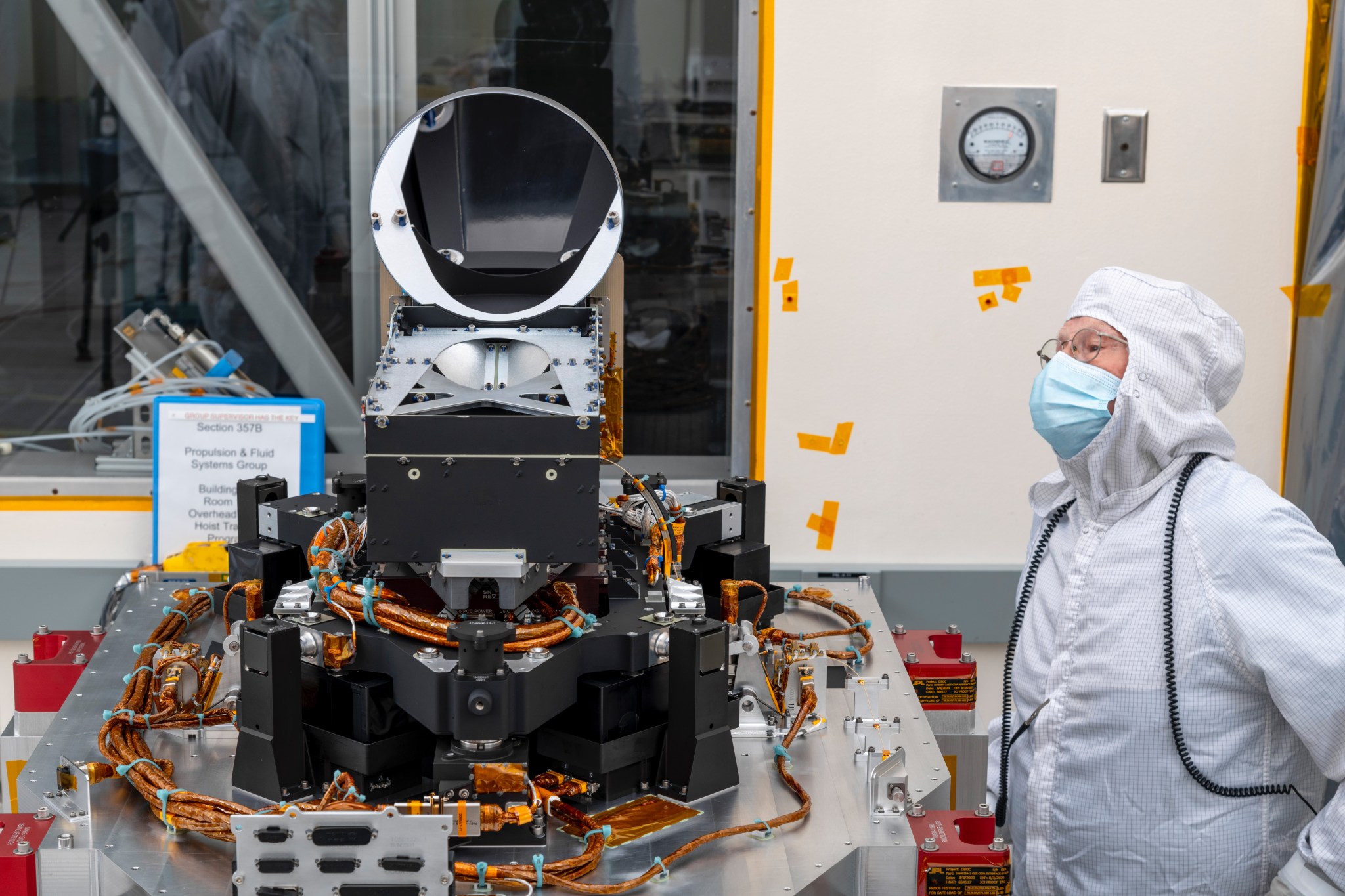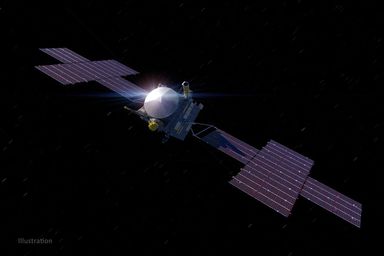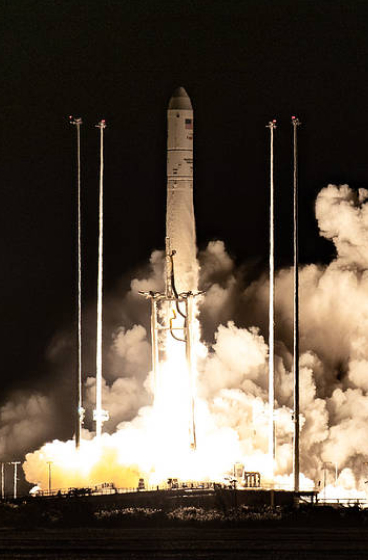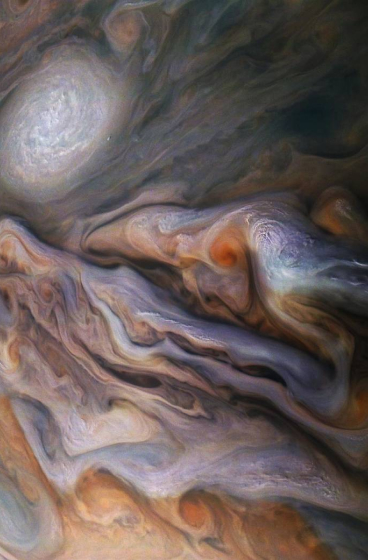Psyche Spacecraft
With its solar arrays deployed, NASA's Psyche spacecraft just about covers a tennis court.
Quick Facts
Psyche’s main computer, flight software, fault-protection systems, and most of the telecommunications systems come from NASA’s Jet Propulsion Laboratory (JPL) in Southern California. A Palo Alto, California, division of Colorado-based Maxar Technologies provided the main body of the spacecraft and most of its engineering hardware systems.
The spacecraft also includes a technology demonstration. Attached to Psyche is the Deep Space Optical Communications (DSOC), a NASA experiment that will test optical, or laser, communications beyond the Moon.
Spacecraft Specs
Size
With its solar panels deployed at 81 feet (25 meters) by 24 feet (7.3 meters), Psyche just about covers a tennis court. The spacecraft body, or bus, is 16.1 feet (4.9 meters) tall, including the 6.6-foot (2-meter) booms for two instruments, 7.1 feet (2.2 meters) wide, and 7.8 feet (2.4 meters) deep.
Mass
At launch, the Psyche spacecraft had a mass of about 6,056 pounds (2,747 kilograms), including the Deep Space Optical Communications (DSOC) technology demonstration attached to it. The total mass at launch, including the rocket, is 3.16 million pounds (1.43 million kilograms), more than 99% of which is accounted for by the rocket.
Power
Two five-panel, cross-shaped solar arrays power everything on board, including the science instruments. The solar arrays produce 21 kilowatts of power when leaving the Earth and between 2.3 and 3.4 kilowatts of power during orbit around the asteroid.
Propulsion
Psyche uses solar electric propulsion. The spacecraft has four Hall-effect thrusters that use electromagnetic fields to expel charged atoms, or ions, of inert xenon gas that in turn create thrust, trailing a blue glow of xenon. Only one thruster is used at a time, providing up to 240 millinewtons of thrust – about the amount of force that you would feel holding the weight of one AA battery. Psyche will carry seven 22-gallon (82-liter) tanks of xenon propellant – up to 2,392 pounds (1,085 kilograms).
Telecommunications
Psyche communicates with Earth with four antennas: one 6.5-foot (2-meter) fixed high-gain antenna provided by Maxar and three small low-gain antennas designed and manufactured by JPL. Like all NASA interplanetary missions, Psyche sends data and receives commands through the Deep Space Network (DSN), which has three ground stations around Earth to talk with and track spacecraft.
Science Instruments
Multispectral Imager
Psyche’s multispectral imager consists of a pair of identical cameras equipped with filters and telescopic lenses to photograph the surface of the asteroid in different wavelengths of light. The cameras can take pictures in the part of the spectrum visible to the human eye, as well as in near-infrared wavelengths of light beyond what humans can see.
Gamma-Ray and Neutron Spectrometer
The orbiter’s gamma-ray and neutron spectrometer will help scientists determine the chemical elements that make up the asteroid’s surface material. As cosmic rays and high energy particles bombard the asteroid Psyche’s surface, the elements there absorb the energy. In response, they emit neutrons and gamma rays of varying energy levels. The spectrometer can detect these emissions, enabling scientists to match them to properties of known elements to determine what Psyche is made of.
Magnetometer
The orbiter’s magnetometer will look for evidence of an ancient magnetic field at asteroid Psyche. Unlike Earth and other rocky planets that generate a magnetic field in their liquid metallic cores, small bodies like asteroids do not generate one because they are frozen. Confirmation of a remanent magnetic field at Psyche would be strong evidence that the asteroid formed from the core of a planetary body.
Gravity Science
The Psyche science team will rely on the telecommunications system, primarily used to send commands to and receive data from the spacecraft, to conduct gravity science. By analyzing the X-band radio waves the spacecraft communicates with, scientists can measure how asteroid Psyche affects the spacecraft’s orbit. From that information, scientists can determine the asteroid’s rotation, mass, and gravity field, providing additional clues about the composition and structure of Psyche’s interior.
Deep Space Optical Communications (DSOC)
Bolted to a side of the Psyche spacecraft is a pioneering technology demonstration: NASA’s Deep Space Optical Communications experiment, or DSOC. Using a near-infrared laser, DSOC is the agency’s first test of high-bandwidth optical communications between Earth and distances far exceeding the Moon.
To meet the demands of future space missions relying on current state-of-the-art radio systems, huge increases in hardware size, mass, and power would be required to transmit and receive high-bandwidth data such as high-definition images and video. Optical communications could potentially provide this essential bandwidth enhancement without requiring such hardware increases. Much like upgrading old telecommunications infrastructure on Earth with fiber optics to meet growing data demands, going from radio communications to laser communications would increase current data rates 10 to 100 times.
DSOC is not intended to relay Psyche mission data since the technology demonstration is planned for the first two years of the spacecraft’s cruise. But the technology will be used by future human and robotic spacecraft to transmit huge volumes of science data, allowing more innovative space mission concepts to take flight. Ultimately, DSOC may pave the way for broadband communications that will help support humanity’s next giant leap: When NASA sends astronauts to Mars.


























